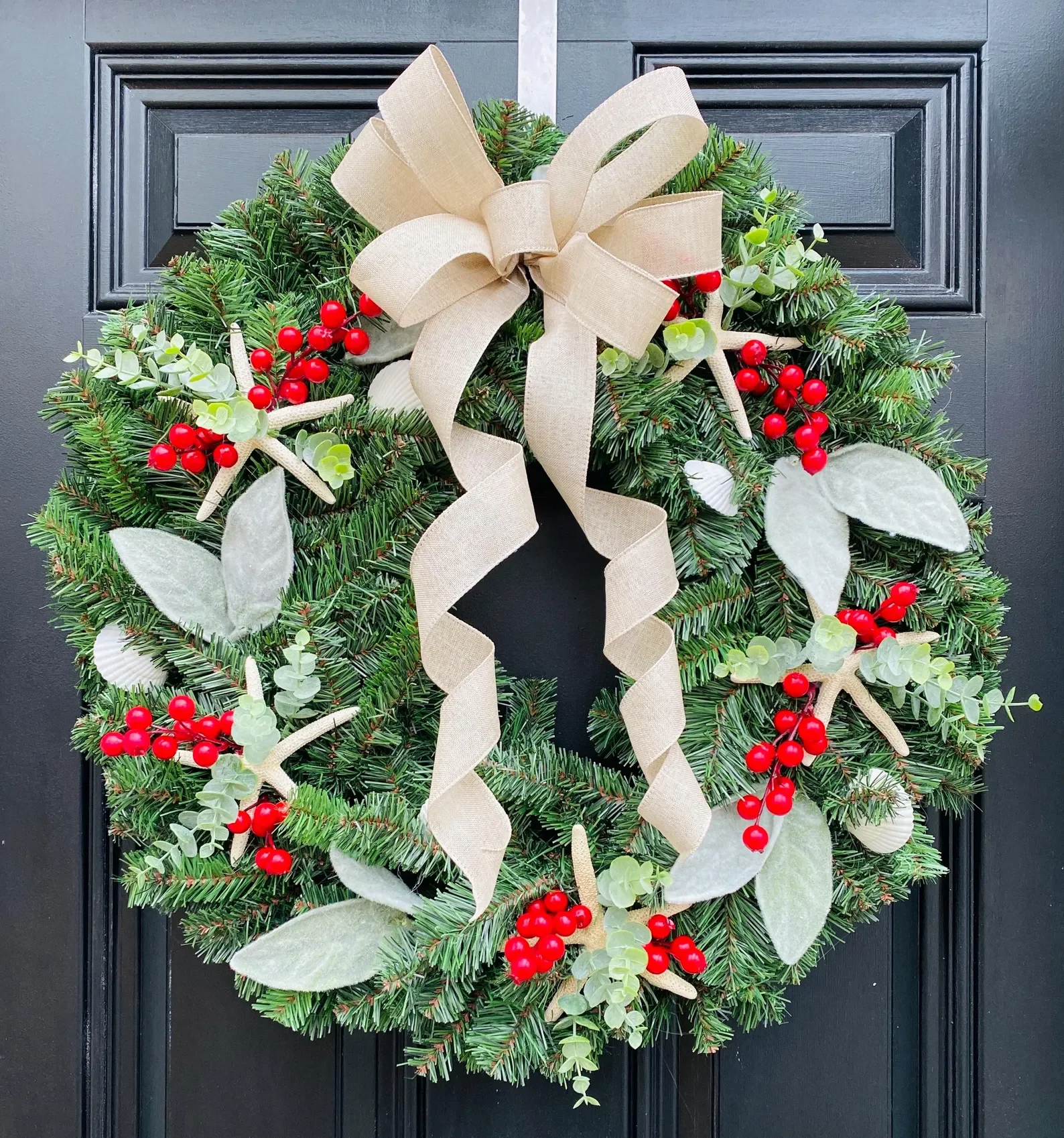DIY Vintage Shadow Box
This post may contain affiliate links. If you make a purchase through one of my links, I may receive a small commission at no cost to you.
There’s something magical about vintage items—they carry stories, memories, and a sense of history. If you’re looking for a creative way to display your favorite flea market finds or family heirlooms, a vintage shadow box is the perfect DIY project.
This project combines rustic charm with personalized storytelling, making it a unique addition to your home decor.
Here’s a step-by-step guide to creating your own vintage shadow box using an old wooden crate, distressed paint, and small treasures.
Materials You’ll Need
Old Wooden Crate: Look for one at flea markets, thrift stores, or even in your garage. The size is up to you, but a medium-sized crate (12x12 inches or so) works well.
Distressed White Paint: Chalk paint or matte paint works best for a vintage look.
Sandpaper: Medium and fine grit for distressing.
Small Flea Market Finds: Miniature clocks, antique photos, vintage keys, small frames, trinkets, or anything that speaks to you.
Hot Glue Gun or Strong Adhesive: To secure items inside the crate.
Hanging Hardware: Picture hooks or D-ring hangers for wall mounting.
Optional: Clear varnish or sealant to protect the paint, decorative paper or fabric for the back panel, and small LED lights for added ambiance.
Step-by-Step Instructions
1. Prepare the Wooden Crate
Clean the Crate: Wipe down the crate with a damp cloth to remove dust and dirt. Let it dry completely.
Sand the Surface: Lightly sand the crate to smooth out rough edges and create a surface that the paint can adhere to. Focus on areas where you want the distressed look to show through.
2. Paint the Crate
Apply the Base Coat: Use a brush to apply a coat of distressed white paint. Don’t worry about making it perfect—the goal is to achieve a worn, vintage look. Let the paint dry completely.
Sand for Distressing: Once the paint is dry, use medium-grit sandpaper to gently sand edges, corners, and raised areas. This will reveal the natural wood underneath, giving the crate a timeworn appearance. Switch to fine-grit sandpaper for a smoother finish.
Optional Sealant: If you want to protect the paint, apply a clear varnish or sealant. Let it dry completely.
3. Arrange Your Flea Market Finds
Plan Your Layout: Before gluing anything down, arrange your items inside the crate. Play around with different compositions until you find one that tells a story or feels visually balanced. Consider layering items—for example, place a small frame in the back and a vintage key in the front.
Secure the Items: Once you’re happy with the arrangement, use a hot glue gun or strong adhesive to secure each item in place. Be careful not to overdo the glue—just a small dab will do.
4. Add Finishing Touches
Back Panel (Optional): If you want to add a decorative touch, cut a piece of patterned paper or fabric to fit the back of the crate. Secure it with glue or small nails.
Lighting (Optional): For a dramatic effect, attach small LED lights inside the crate to highlight your display. Battery-operated lights are easy to install and won’t require any wiring.
5. Hang Your Shadow Box
Attach Hanging Hardware: Secure picture hooks or D-ring hangers to the back of the crate. Make sure they’re evenly spaced and sturdy enough to support the weight of the crate and its contents.
Find the Perfect Spot: Choose a wall that complements your decor and allows the shadow box to stand out. Use a level to ensure it hangs straight.
Tips for Success
Mix Textures and Sizes: Combine items of different sizes, shapes, and textures to create visual interest. For example, pair a smooth ceramic figurine with a rough metal key.
Tell a Story: Think about the narrative you want your shadow box to convey. Are you showcasing family history, travel memories, or a collection of vintage treasures? Let that guide your item selection.
Keep It Balanced: Avoid overcrowding the crate. Leave some negative space to let each item shine.
Personalize It: Add a small handwritten label, a quote, or a date to make the shadow box even more meaningful.
Why This Project Works
A vintage shadow box is more than just a decorative piece—it’s a conversation starter and a way to preserve memories. By repurposing an old wooden crate and incorporating flea market finds, you’re giving new life to forgotten objects.
Plus, the distressed white paint adds a timeless, shabby-chic vibe that fits seamlessly into any home decor style.
Follow on Pinterest and Facebook for more inspiration!
Final Thoughts
Creating a vintage shadow box is a fun, rewarding DIY project that allows you to express your creativity and showcase your favorite treasures.
Whether you’re a seasoned crafter or a beginner, this project is easy to customize and perfect for adding a personal touch to your space.
So, grab an old crate, head to your local flea market, and start crafting your own storytelling masterpiece!






